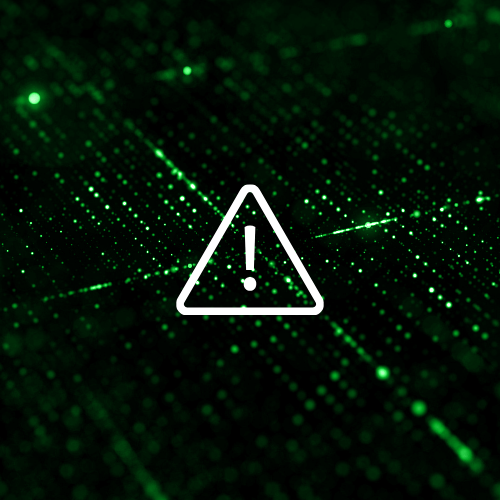As SaaS applications continue on their rapid adoption course, many organizations find themselves exposed to the increased potential for data loss — a threat that is heightened by the emergence of constant ransomware attacks. The ransomware threat is indeed a
top-of-mind issue for so many organizations; however, few feel totally prepared for an attack.
There are many ways to lose SaaS data, starting with relying totally on SaaS vendors. Which category do you fit into?
- Solely reliant on the SaaS vendor as they are responsible for protecting your organization’s SaaS-resident application data. (in other words, we don’t do anything to protect our SaaS-resident application data)
- Partially responsible for protecting your organization’s SaaS-resident applications data and relying on both the SaaS provider and a third-party data protection solution or service.
- Solely responsible for protecting all of your organization's SaaS-resident application data and using a third-party data protection solution or service.
Responsibility for Protecting SaaS Data
There’s a big disconnect related to SaaS data protection. Unfortunately, the situation has not improved over the past few years and more market education is needed to focus on and redefine best practices when it comes to protecting these cloud-resident applications. First, organizations are always responsible for their data and its recovery, so solely relying on SaaS vendors is a major mistake. Most do not offer data protection capabilities, instead promoting third-party solutions, and those that offer data protection tools tend to fall short of the scale and SLAs many organizations need. It can be argued that it is a shared responsibility between IT and the SaaS vendor but, to be sure, using a third-party solution is the right answer in every case. Without these plans, it can lead to serious business consequences should data be lost or become irrecoverable.
Ransomware Attacks: A Growing Concern
Ransomware attacks are a regular occurrence and have become more successful. These attacks make the news on a regular basis. A large number of organizations report having experienced a ransomware attack within the last year with several organizations suffering financially or operationally as a result. In other words, cyber-attackers will successfully hit and likely come more than once.
Attackers are after both immediate-value data and data that can cause further business disruption. They have learned that sensitive data alone isn’t enough to motivate organizations to pay the ransom. In addition to giving them potentially ongoing access, locking up operational systems and infrastructure can motivate victims to pay faster.
The Risks of Paying a Ransom
It is important to acknowledge that paying a ransom doesn’t guarantee data recovery. Many organizations that have been victimized by a successful ransomware attack at some point admit to having paid a ransom to regain access to data, applications, or systems. However, it’s not necessarily a solution that works effectively, as paying the ransom does not guarantee the recovery of data. So, paying the ransom encourages further “bad behavior” in the form of additional ransom demands and fails to guarantee seamless business resumption overall, including recovering from data loss and other operational consequences.
Validating Backup Integrity
It has become more of a concern that backups could become ransomware targets which drives demand for third-party backup integrity validation. What would be the impact on organizations if they were unable to access and use their key applications and mission-critical data? The key to keeping your business up and running is to be aware of the fact that ransomware means:
No access = no business transactions + significant reputation damage + compliance vulnerabilities
This is the worst-case scenario for any organization. Even the best organizations with detection and prevention plans score poorly overall when it comes to recovery. Recovery is a key priority area because ransomware is not a matter of “if” but “when.”
Druva's Advanced Ransomware Recovery for SaaS Applications
All organizations have ransomware on their mind and require plans to protect, prepare, and recover from cyber-attacks. Druva’s unified security center provides customized security posture insights based on your unique deployment, plus a centralized view of data and access anomalies. Druva's advanced ransomware recovery for SaaS applications like Microsoft 365 and Google Workspace provides cloud data protection and defense-in-depth security paired with workflow orchestration and recovery automation tools to improve response time, prevent reinfection, and reduce data loss. Plus, Druva’s 100% SaaS-based solution delivers 24×7 fully-managed security operations.
Download our free guide to get Druva’s expert tips for what to look for when choosing the ideal data protection platform to protect and govern your SaaS apps’ data — even if it is complex, distributed, and fluid.



